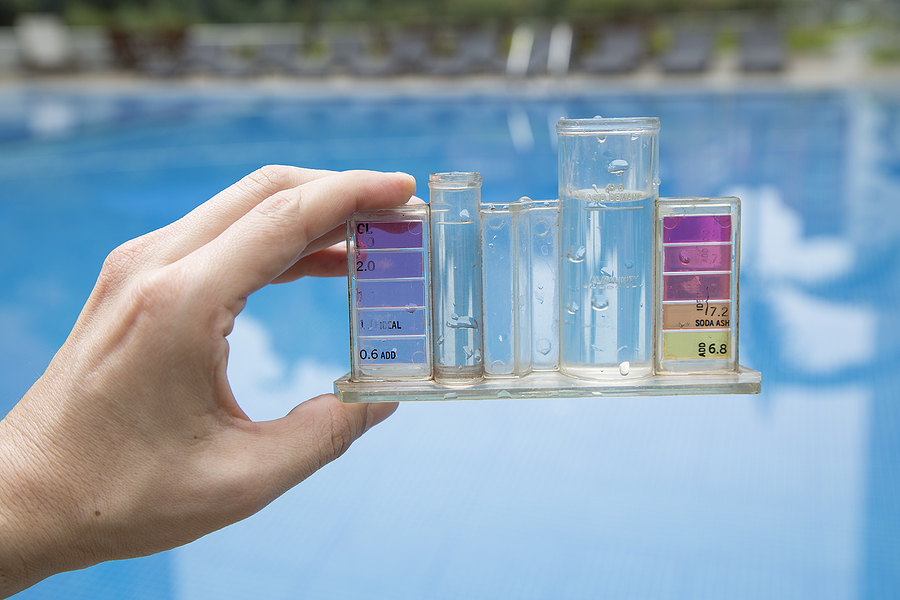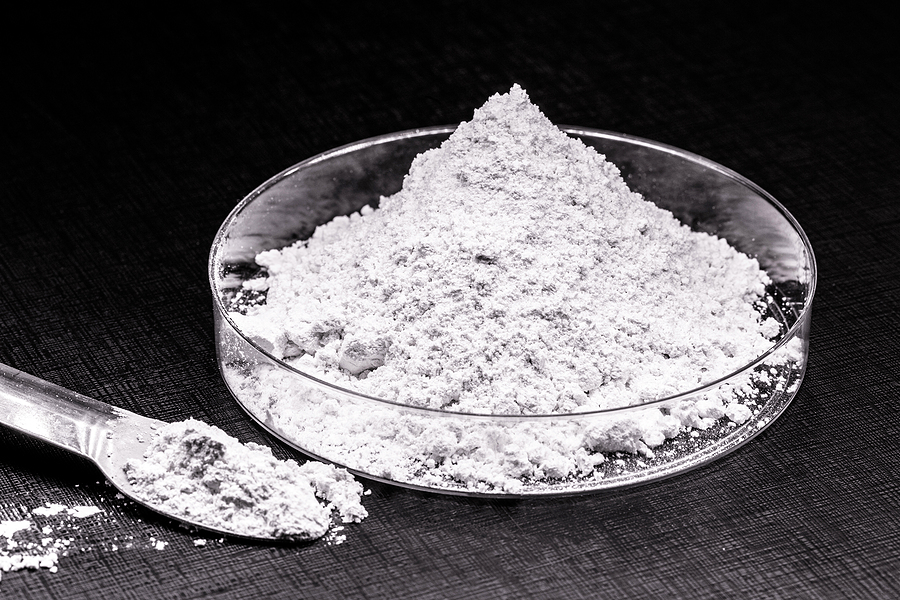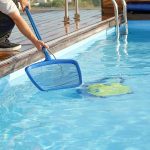The CPO® Test Answers You Need to Know About Raising Alkalinity
Let’s imagine you’re studying for the Certified Pool & Spa Operator® to obtain your CPO® certification. You have already become familiar with the concepts in the Pool & Spa Operator Handbook; however, all that pool math has you gasping for air. The first step in calculating those correct CPO test answers is to breathe! We will be teaching you step by step how to perform pool math. Thanks to our two-day course and countless online resources, you will learn how to perform chemical adjustments instead of haphazardly throwing chemicals into the pool. Soon, raising a pool’s alkalinity levels will become second nature. Let’s dive in!
What is Alkalinity?
Alkalinity is the measure of the ability of water to resist changes in pH. In other words, adjusting the alkalinity in a pool directly affects the pH balance of the water. When the pH level is low, often times, it is the alkalinity resulting in more acidic pool water.
We know what you’re thinking: “Acidic pool water?! That doesn’t sound safe at all!” That’s because it’s not. For this reason, it is super important to make sure the total alkalinity (TA) of a pool is at the right level.
Think Like Goldilocks
You need to make sure that a pool’s alkalinity is “just right.” If a pool’s alkaline levels are too low, you risk significant damage to your pool that could result in etching, staining and heater failure. On the other hand, if a pool’s alkaline levels are too high, the result can be cloudy water, clogged filters, and itchy skin and irritated eyes for you and your swimmers!
How to Raise Alkalinity in a Swimming Pool
Prepare yourself: the moment for pool math has arrived! By the time you finish this section and complete our essential two-day course, you’ll know all the CPO® test answers you need to know about raising alkalinity. Let’s start with one of the pool industry’s favorite compounds . . .
Baking Soda!
Sure, you can use fancy solutions such as “Alkalinity Up” (or increaser); however, they generally include only one major ingredient: sodium bicarbonate (our friend baking soda). Once you have your new “baking soda buddy” with you, it’s time to start raising alkaline levels!
Test Time
Don’t worry, we aren’t talking about your CPO exam yet. Instead, it’s important to start by testing your pool water; this way you’ll know how much you need to raise the water’s total alkalinity. Generally, you need to add 1.4 lbs of baking soda per 10,000 gallons of water to raise the total alkalinity (TA) by 10 ppm (parts per million). With that said, the sweet spot is between 8–120 ppm.
Protect Yourself
Before handling any pool chemicals, make sure that you’re properly wearing gloves and eye protection. Remember what we said happens when the alkaline levels are too high? Save yourself from itchy skin and irritated eyes by gearing up with PPE. Anytime you are handling chemicals, PPE is required.
Pour Some Soda On Me (The Pool)
Next, measure out the right amount of baking soda to add in. In the name of providing correct CPO test answers, do not dump all of the baking soda at once (or in the same spot). Instead, take a stroll around the perimeter of the pool and pour in half to three quarters of the measured amount in stages. Also, be mindful of the wind; you definitely don’t want baking soda blown into your face. When adding chemicals, you want to add small amounts over a long period of time. A period of time for adding chemicals is one turnover. If you need to raise your levels significantly, you can spread out your additions over multiple days adding some in the morning and some at night. Also, make sure you dilute the baking soda according to the instructions; do not forget this step! Also, wait at least one turnover before retesting. This is the perfect time to study up on those CPO test answers and complete some sample problems. After that time has passed, retest the water to determine the new TA level. If it’s still too low, repeat the process!
Do You Know All of the CPO Test Answers Now?
Maybe not. . . However, you are definitely ready to raise alkalinity in a pool and are on your way to become a bonafide, Certified Pool & Spa Operator®! In the meantime, take advantage of our two-day course in addition to the host of training resources we have at your disposal. Whether you’re studying CPO test answers or preparing your pool for the season, Pool Operation Management is here to help! Dive in and contact us today.








